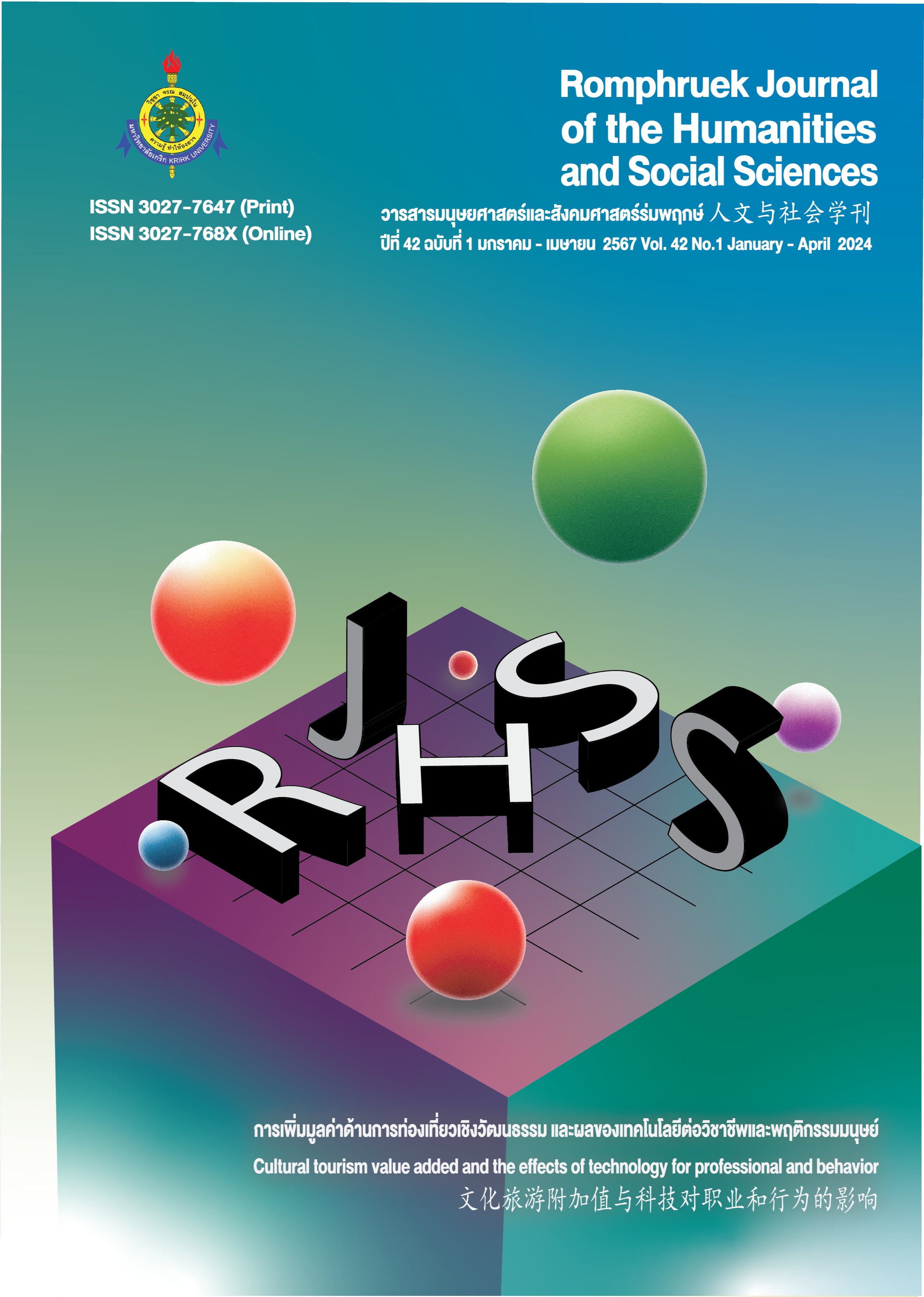Exploration of the Development Path of Urban Cultural Industry An example of Harbin Summer Music Concert
Main Article Content
Abstract
The cultural industry represents the soft power of a country or a region and has an essential role in helping economic growth. The development of cultural industries requires continuous exploration and innovation, and seeks to diversify and develop dynamically, in this regard, the Harbin Summer Music Concerts held regularly in Harbin, China, are an excellent case study for us to learn from and refer to. Along with the development of Harbin, a famous northern city, the Harbin Summer Music Concert has been successfully held for 35 sessions, which has witnessed the great achievements of the people of Harbin in building their homeland, accompanying the people of Harbin through the difficulties and hardships in the early stage of their business, greatly encouraged the people's morale, enriched the cultural life of the people, became synonymous with Harbin, a famous northern city. This study uses qualitative research methods to analyze and summarize the various paths of city cultural industry development through survey analysis of the emergence and development of Harbin Summer Music Concert, in an attempt to provide corresponding experiences and new insights for the development and transformation of cultural industries in various cities today.
Article Details

This work is licensed under a Creative Commons Attribution-NonCommercial-NoDerivatives 4.0 International License.
Every article published in the Romphruek Journal of the Humanities and Social Sciences is the opinion and point of view of the authors. Thery're not the viewpoint of Krirk University or the editored department. Any part or all of the articles for pablication must be clearly cited.
References
Boccella, N., & Salerno, I. (2016). Creative Economy, Cultural Industries and Local Development. Procedia-Social and Behavioral Sciences, 223(2016), 291–296.
Hesmondhalgh, D., & Pratt, A. C. (2005). Cultural industries and cultural policy. International journal of cultural policy, 11(1), 1-13.
Leslie, D., & Rantisi, N. M. (2011). Creativity and place in the evolution of a cultural industry: The case of Cirque du Soleil. Urban studies, 48(9), 1771-1787.
Liu, Y. Y., & Chiu, Y. H. (2017). Evaluation of the policy of the creative industry for urban development. Sustainability, 9(6), 1009.
Lu, Y. (2015). An analysis on the Status of Harbin Summer Music Concert in Chinese Modern Music History. In 2015 International Conference on Economics, Social Science, Arts, Education and Management Engineering. Atlantis Press, 26-29.
Markusen, A., & Gadwa, A. (2010). Arts and culture in urban or regional planning: A review and research agenda. Journal of planning education and research, 29(3), 379-391.
Shan, S. (2014). Chinese cultural policy and the cultural industries. City, Culture and Society, 5(3), 115-121.
Shi, C., & Xu, Y. (2017). Study on the Development of Cultural Tourism in Harbin City. In 2017 3rd International Conference on Humanities and Social Science Research. Atlantis Press, 578-581.
Terkenli, T. S., & Georgoula, V. (2021). Tourism and Cultural Sustainability: Views and Prospects from Cyclades, Greece. Sustainability, 14(1), 307.
Yan, W. J., & Liu, S. T. (2023). Creative Economy and Sustainable Development: Shaping Flexible Cultural Governance Model for Creativity. Sustainability, 15(5), 4353.
Zhu, Y. (2020). An Economic Model for Studying the Role of Cultural Industries on Social Development in Cross-border Contexts. Emerging Markets Finance and Trade, 56(07), 1581-1600.


